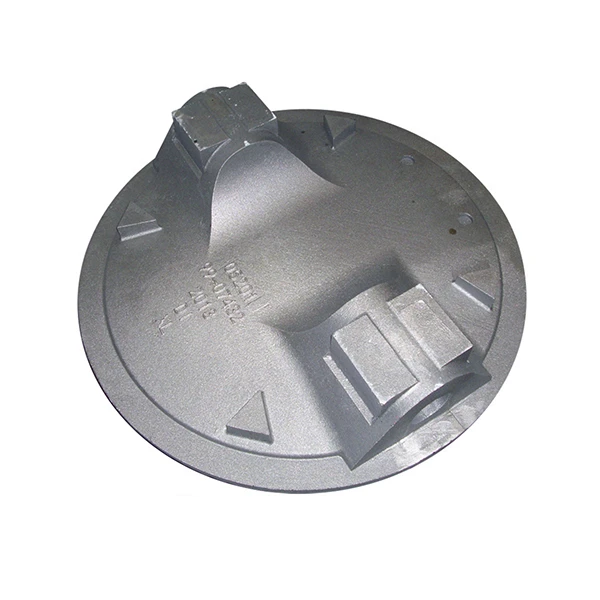Mobile:+86-311-808-126-83
Email:info@ydcastings.com
impeller casting process
The Impeller Casting Process A Key to High-Performance Solutions
The impeller casting process plays a crucial role in the manufacturing of components used in various industrial applications, particularly in pumps, compressors, and turbines
. An impeller, being a vital part of these machines, is responsible for transferring energy from the motor to the fluid, making its design and production critical to the overall performance and efficiency of the equipment.The casting process begins with creating a detailed design of the impeller, which must consider fluid dynamics, structural integrity, and operational conditions. Using computer-aided design (CAD) software, engineers can simulate the flow characteristics and optimize the geometry of the impeller to achieve the desired efficiency and performance. This step is fundamental, as it determines not only the shape of the impeller but also the methodology for casting it.
Once the design is finalized, the next step involves creating a mold. This is typically done using sand casting or investment casting techniques. In sand casting, a mixture of sand and binder is shaped into the desired mold, while investment casting involves creating a wax pattern coated with a ceramic shell. Each method has its advantages; sand casting is cost-effective for larger volumes, while investment casting provides superior surface finish and dimensional accuracy.
impeller casting process

After the mold is prepared, molten metal—usually aluminum, bronze, or specialized alloys—is poured into it. The choice of material often depends on the operating environment of the impeller, as factors like corrosion resistance and weight are vital. Once the metal solidifies, the mold is removed, revealing the newly formed impeller.
After casting, the impeller undergoes finishing processes, including machining, heat treatment, and surface finishing, to enhance its characteristics. Machining helps achieve precise dimensions and surface quality, while heat treatment can improve strength and fatigue resistance. Surface finishing processes, such as polishing or coating, further enhance the impeller's durability and performance.
The final product is then rigorously tested to ensure it meets the required specifications and standards. This might include performance testing under simulated operational conditions to validate its efficiency and reliability.
In conclusion, the impeller casting process is a sophisticated approach that combines engineering design and manufacturing expertise. By leveraging advanced techniques and materials, manufacturers can produce high-performance impellers that ensure the efficiency and effectiveness of various fluid machinery, thereby supporting a wide range of industrial applications.
-
Impeller Technology That Powers Precision in Pump SystemsNewsMay.22,2025
-
Valve Durability Begins with Quality Cast Iron ComponentsNewsMay.22,2025
-
Performance Cooling with Advanced Automobile Water Pump SolutionsNewsMay.22,2025
-
How Motor Housing and Oil Pans Shape Engine PerformanceNewsMay.22,2025
-
How Metal Castings Drive Modern Manufacturing EfficiencyNewsMay.22,2025
-
Exploring the Engineering Behind Valve Body CastingsNewsMay.22,2025











